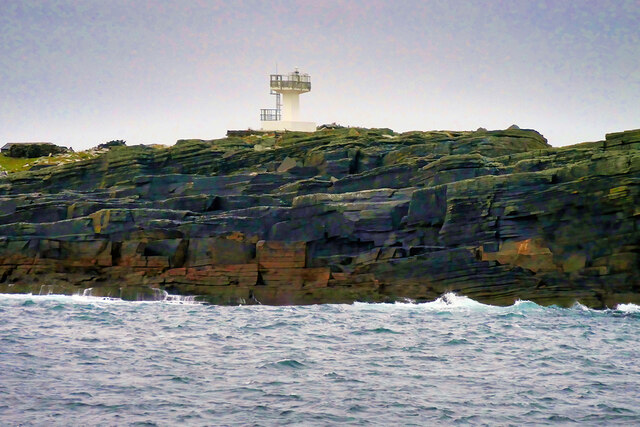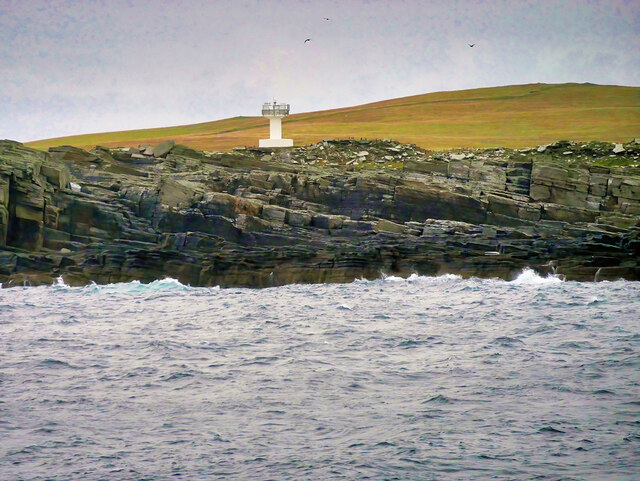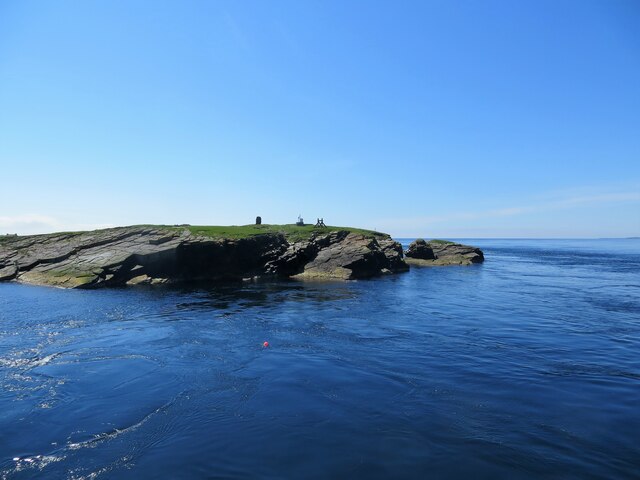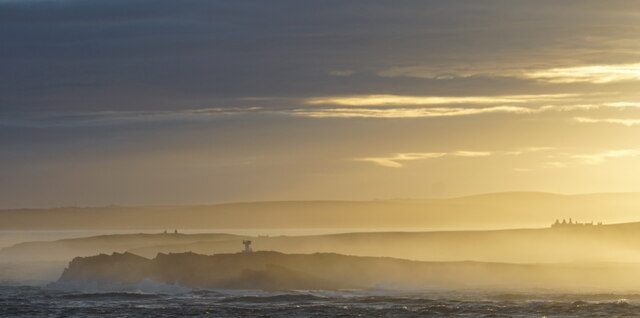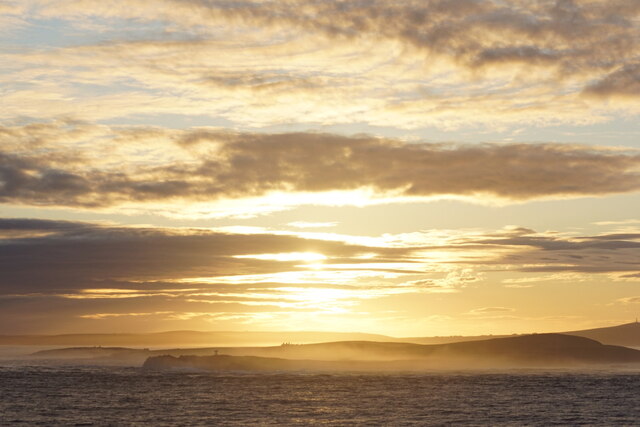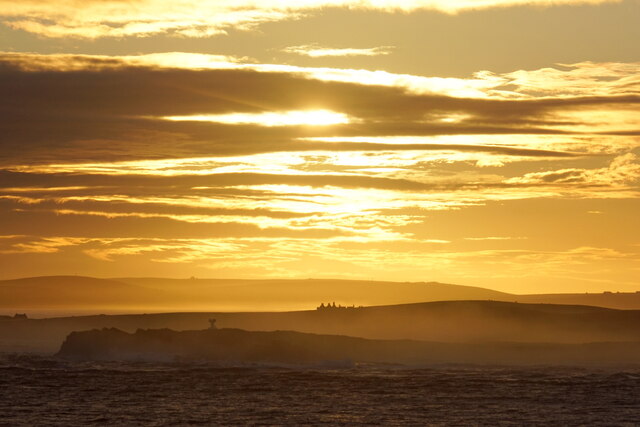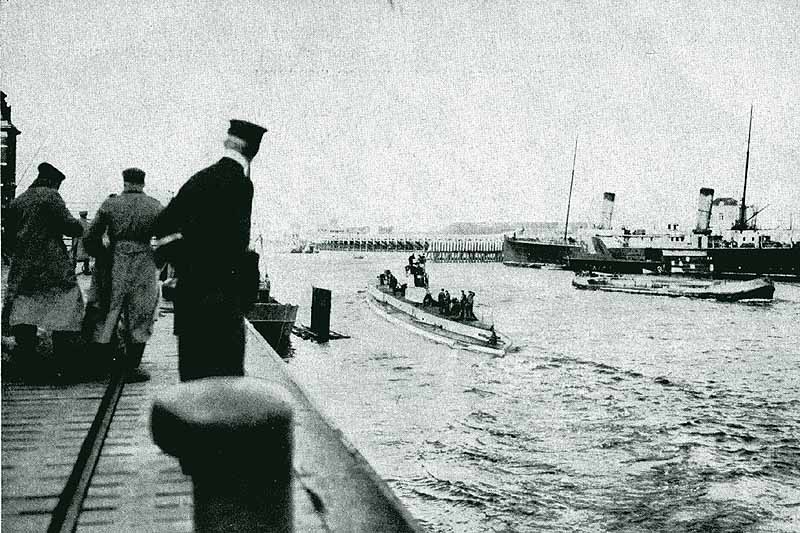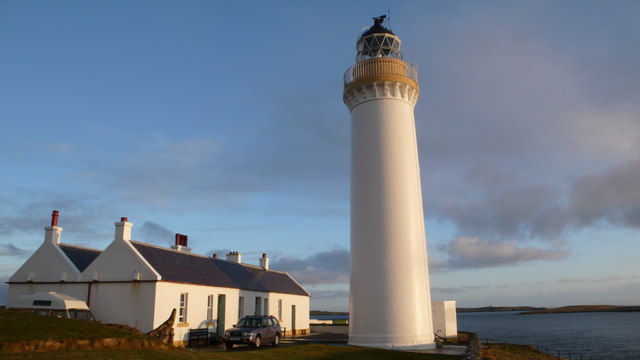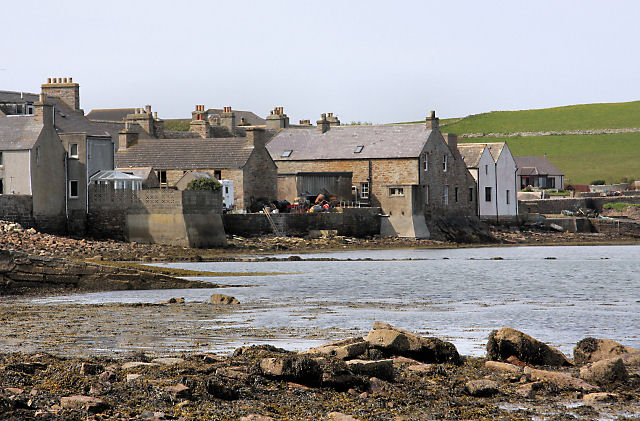The Back Geo
Coastal Feature, Headland, Point in Orkney
Scotland
The Back Geo
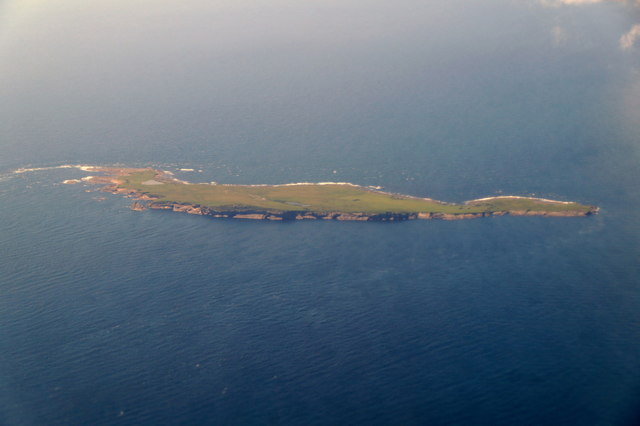
The Back Geo is a prominent coastal feature located in Orkney, Scotland. It is a headland that extends into the North Sea, forming a distinct point along the coastline. The Back Geo is situated in close proximity to the town of Stromness, making it easily accessible to visitors.
This coastal feature is characterized by its rugged and dramatic cliffs, which rise steeply from the sea. The cliffs are composed of sedimentary rocks, displaying layers of different colors and textures, adding to the area's visual appeal. The Back Geo offers breathtaking panoramic views of the surrounding sea and the Orkney Islands.
The area is rich in wildlife, providing a habitat for various seabirds such as guillemots, fulmars, and puffins. Visitors can often spot these birds nesting and flying around the cliffs, adding to the overall natural beauty of the location. The Back Geo is also home to a diverse range of marine life, including seals and occasionally dolphins, which can be seen swimming near the headland.
In addition to its natural beauty, the Back Geo holds historical significance. It is believed to have been an important landmark for ancient seafarers and has been mentioned in historical records dating back centuries. Today, the area serves as a popular tourist attraction, offering opportunities for hiking, birdwatching, and photography.
Overall, the Back Geo is a captivating coastal feature in Orkney, offering a unique blend of natural beauty, wildlife, and historical importance. Its striking cliffs and panoramic views make it a must-visit destination for nature enthusiasts and history buffs alike.
If you have any feedback on the listing, please let us know in the comments section below.
The Back Geo Images
Images are sourced within 2km of 58.752102/-3.0524966 or Grid Reference ND3985. Thanks to Geograph Open Source API. All images are credited.
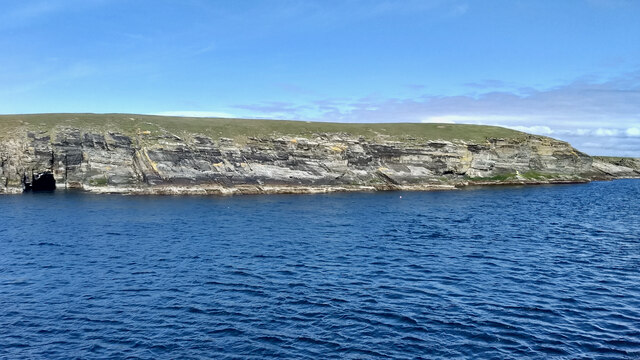
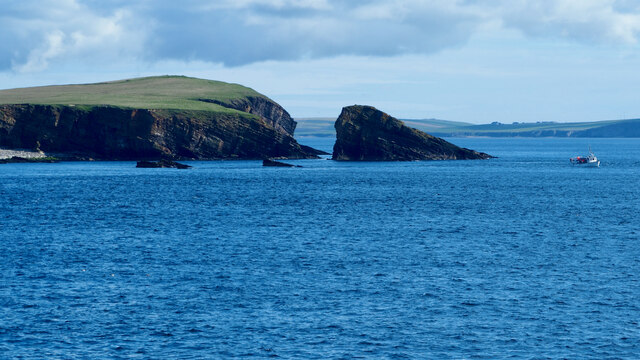
![Warbister Hill Site of a possible building, an enclosure, a quarry, and a modern triangulation pillar; see “Swona, Warbister Hill | Canmore.” 2021. Canmore.org.uk &lt;<span class="nowrap"><a title="https://canmore.org.uk/site/347495/swona-warbister-hill" rel="nofollow ugc noopener" href="https://canmore.org.uk/site/347495/swona-warbister-hill">Link</a><img style="margin-left:2px;" alt="External link" title="External link - shift click to open in new window" src="https://s1.geograph.org.uk/img/external.png" width="10" height="10"/></span> &gt; [accessed 7 June 2021]](https://s1.geograph.org.uk/geophotos/06/86/06/6860697_42cec7a5.jpg)
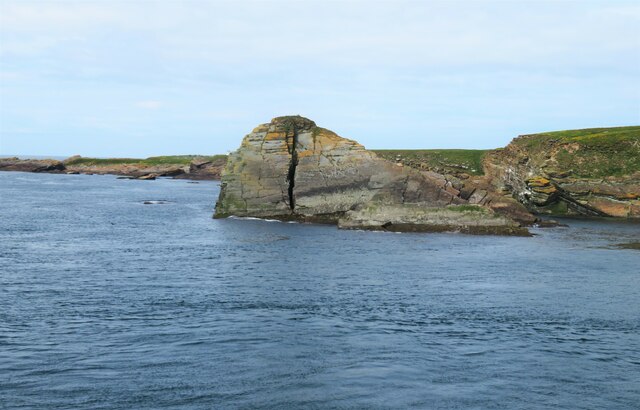
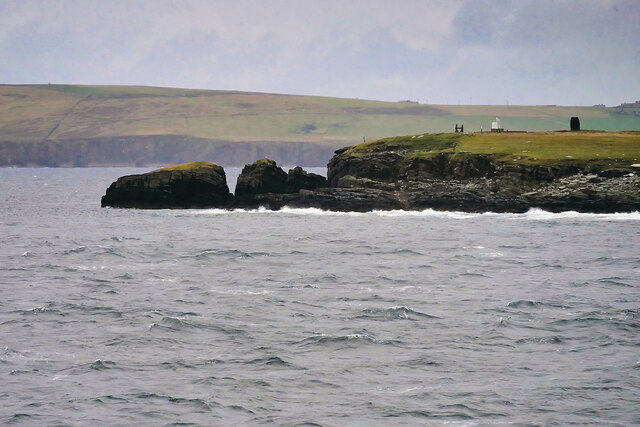
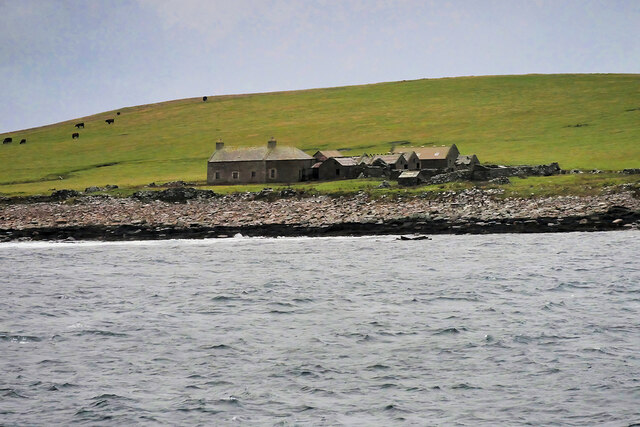
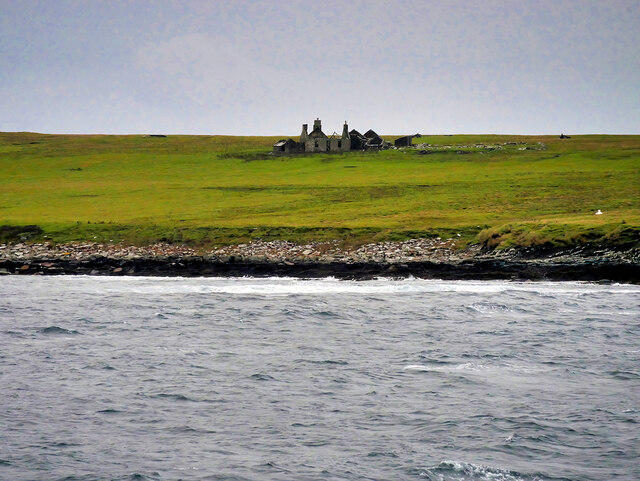
The Back Geo is located at Grid Ref: ND3985 (Lat: 58.752102, Lng: -3.0524966)
Unitary Authority: Orkney Islands
Police Authority: Highlands and Islands
What 3 Words
///betraying.withdrew.wing. Near St Margaret's Hope, Orkney Islands
Nearby Locations
Related Wikis
Swona
Swona is an uninhabited privately-owned island in the Pentland Firth off the north coast of Scotland. == Geography and geology == Swona is the more northerly...
MV Cemfjord
The Cemfjord was a Cyprus-registered cargo ship which foundered in the Pentland Firth off the north-east coast of Scotland on 2 January 2015. Built as...
Burwick, Orkney
Burwick () is a small harbour on the island of South Ronaldsay in the Orkney Islands, Scotland. It is the closest Orkney harbour to the Scottish mainland...
SM U-29 (Germany)
SM U-29 was a Type U-27 U-boat of the Imperial German Navy. She served during the First World War. U-29's last commander was Captain Otto Weddigen. U-29...
Switha
Switha is a small uninhabited island towards the south of Orkney, Scotland, approximately 41 hectares in area. == Geography and geology == Switha lies...
Cantick Head Lighthouse
The Cantick Head Lighthouse is an active 19th century lighthouse on the Scottish island of South Walls in the Orkney Islands. It is located at the end...
Herston, Orkney
Herston is a village on South Ronaldsay, Orkney, Scotland, United Kingdom. Herston is historically a fishing village but its only industry to speak of...
South Ronaldsay
South Ronaldsay (, also , Scots: Sooth Ronalshee) is one of the Orkney Islands off the north coast of Scotland. It is linked to the Orkney Mainland by...
Nearby Amenities
Located within 500m of 58.752102,-3.0524966Have you been to The Back Geo?
Leave your review of The Back Geo below (or comments, questions and feedback).
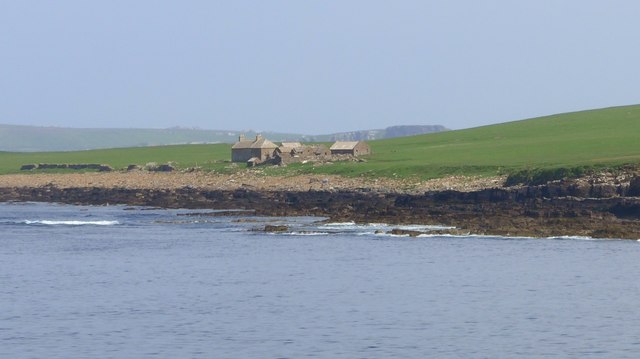
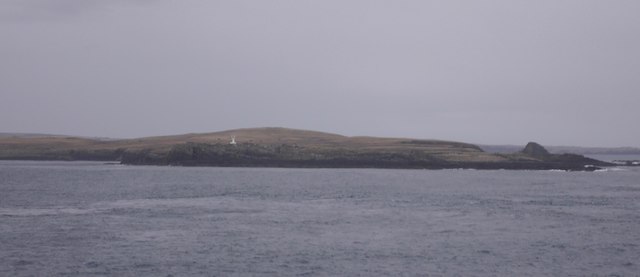
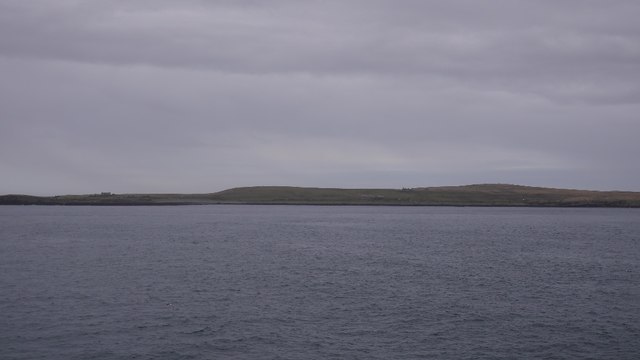
![The Haven Seems to be the main access onto the now un-inhabited island. See “Swona, the Haven | Canmore.” 2021. Canmore.org.uk &lt;<span class="nowrap"><a title="https://canmore.org.uk/site/347498/swona-the-haven" rel="nofollow ugc noopener" href="https://canmore.org.uk/site/347498/swona-the-haven">Link</a><img style="margin-left:2px;" alt="External link" title="External link - shift click to open in new window" src="https://s1.geograph.org.uk/img/external.png" width="10" height="10"/></span> &gt; [accessed 7 June 2021]
For the farmstead behind see “Swona, Norhead | Canmore.” 2021. Canmore.org.uk &lt;<span class="nowrap"><a title="https://canmore.org.uk/site/345421/swona-norhead" rel="nofollow ugc noopener" href="https://canmore.org.uk/site/345421/swona-norhead">Link</a><img style="margin-left:2px;" alt="External link" title="External link - shift click to open in new window" src="https://s1.geograph.org.uk/img/external.png" width="10" height="10"/></span> &gt; [accessed 7 June 2021]](https://s3.geograph.org.uk/geophotos/06/86/07/6860703_6e889d80.jpg)
